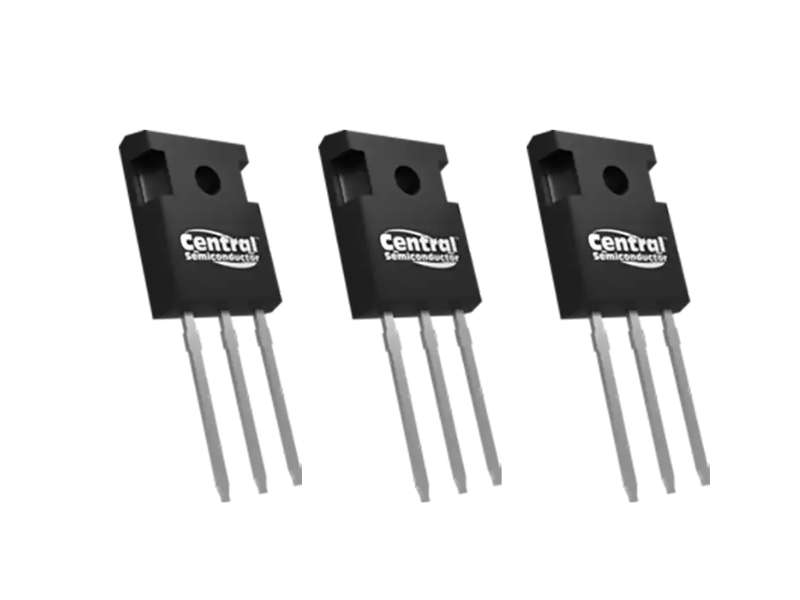“Semiconductor demand will grow in the long term as chips continue to make the world smarter, more efficient and more connected” — the view from the SIA (Semiconductor Industry Association).
Recent global semiconductor sales data showed the industry experienced significant ups and downs in 2022. While chip sales reached the highest-ever annual total in 2022, the slowdown in the second half of the year substantially limited growth.
“A deeper dive into the year-end data reveals how this pattern is consistent with the semiconductor industry’s predictable cycle and why the current short-term downturn does not change the reality that long-term growth prospects for this foundational technology remain very promising,” says Robert Casanova, Director, SIA Industry Statistics and Economic Policy

Looking at short-term demand fluctuations and long-term trends over the past two decades, the semiconductor industry has shown continued growth, SIA b said (Figure 1). Annual sales grew from $139 billion in 2001 to $573.5 billion in 2022, an increase of 313 percent. Over this same period, unit sales of semiconductors increased by 290 percent, reflecting the increased demand for semiconductors throughout the economy. In fact, a 2020 study by SIA and the Boston Consulting Group found that global demand for semiconductor manufacturing capacity is projected to increase by 56% by 2030. As this long-term trend continues in the years ahead and demand for chips rises, semiconductor companies will need to invest in more research, design, and manufacturing. The question is not whether more chip manufacturing facilities, or fabs, will be built, but rather where they will be built.
SIA pointed out that the semiconductor industry has a long history of investing big during down cycles to be ready for the inevitable rebound in demand. New company investments will lead to more domestic semiconductor production and innovation, which will help avert future chip shortages and ensure the industry meets the growing demand from sectors like the automotive, data storage, and wireless connectivity industries. The automotive industry, for example, is estimated to be responsible for 20% of chip demand, and the wireless communication industry is projected drive 25% of growth by 2030. The strong growth drivers of these sectors will power demand in the chip industry in the next decade.
To avoid electronics supply-chain disruptions, you may also wish to consult an expert in electronics component supply. With more than three decades of supply-chain expertise, Astute Electronics is ideally placed to work with you on your daily component requirements.
For more help with looking at supply chain options, contact Astute Electronics







